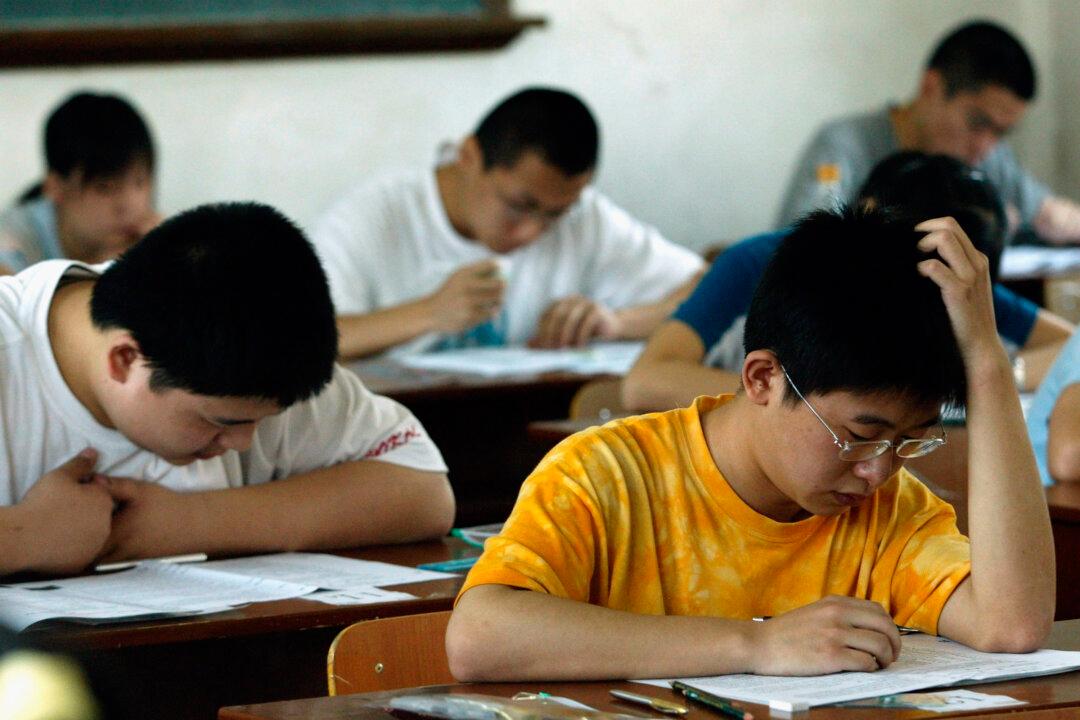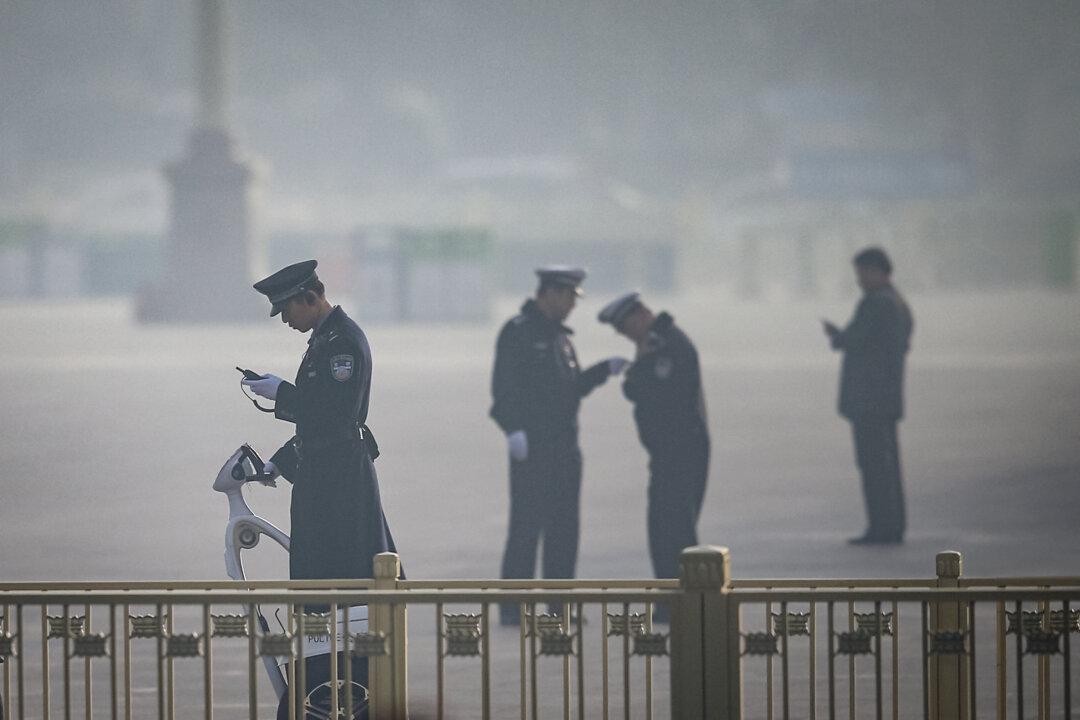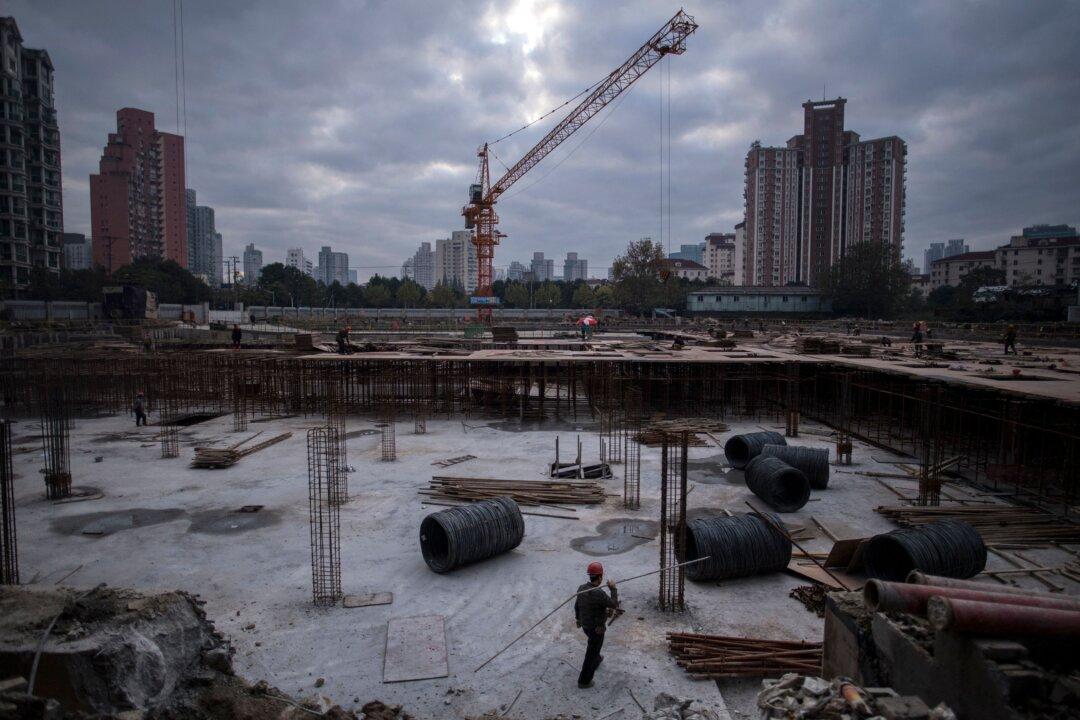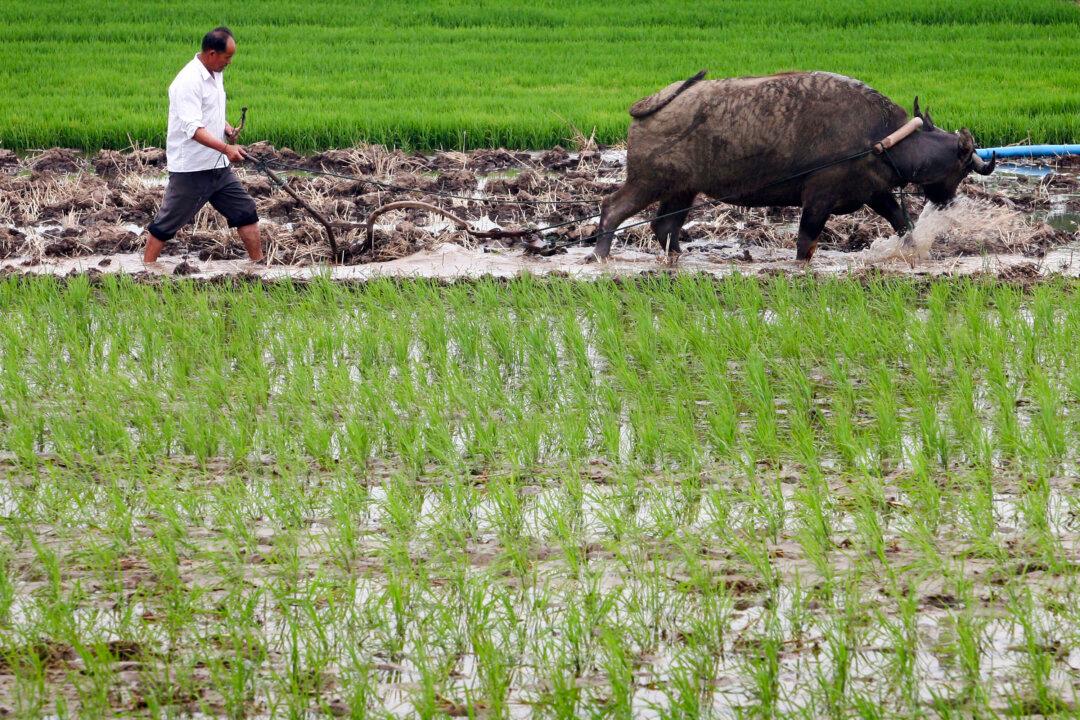News Analysis
China’s southwestern province of Guizhou suddenly experienced more than 200 mountain fires that have burned through almost half of the province, but both official channels and Chinese state media have remained silent for weeks, pretending that nothing has happened.





